Shakespeare Garden
Title Text
Text
Garden Map

Plant List
Add a Title
Add a Title
Add a Title
Plant Itinerary


Lavendula Latifola is a flowering plant in the family Lamiaceae, native to the western Mediterranean region, from central Portugal to northern Italy (Liguria) through Spain and southern France. Hybridization can occur in the wild with English lavender
Shakespeare Quote

Aquilegia Vulgaris is a species of columbine native to Europe. Common names include European columbine, common columbine, granny's nightcap, and granny's bonnet. It is a flowering herbaceous perennial plant growing to 1.2 m tall with branched, thinly hairy stems. The flowers, in various shades of purple, blue, pink, and white, are pendent or horizontal with strongly hooked spurs and appear in early summer.
Shakespeare Quote
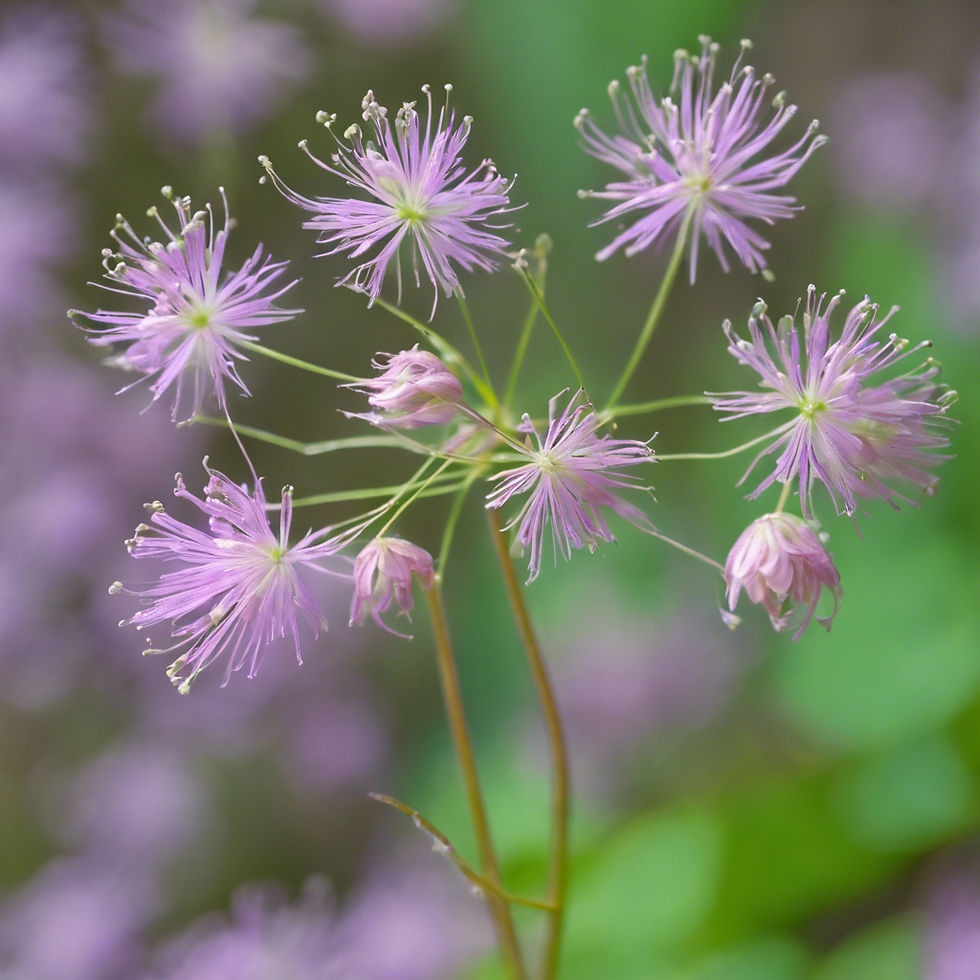
Thalictrum Dioicum (early meadow-rue) is a species of herbaceous plant in the family Ranunculaceae. Plants are typically upright-growing woodland natives from Colorado Rocky Mountain forests to central and eastern North America, including parts of southeastern Canada. This species has dioecious plants, with male and female flowers on separate plants blooming in early to mid-spring.
Shakespeare Quote
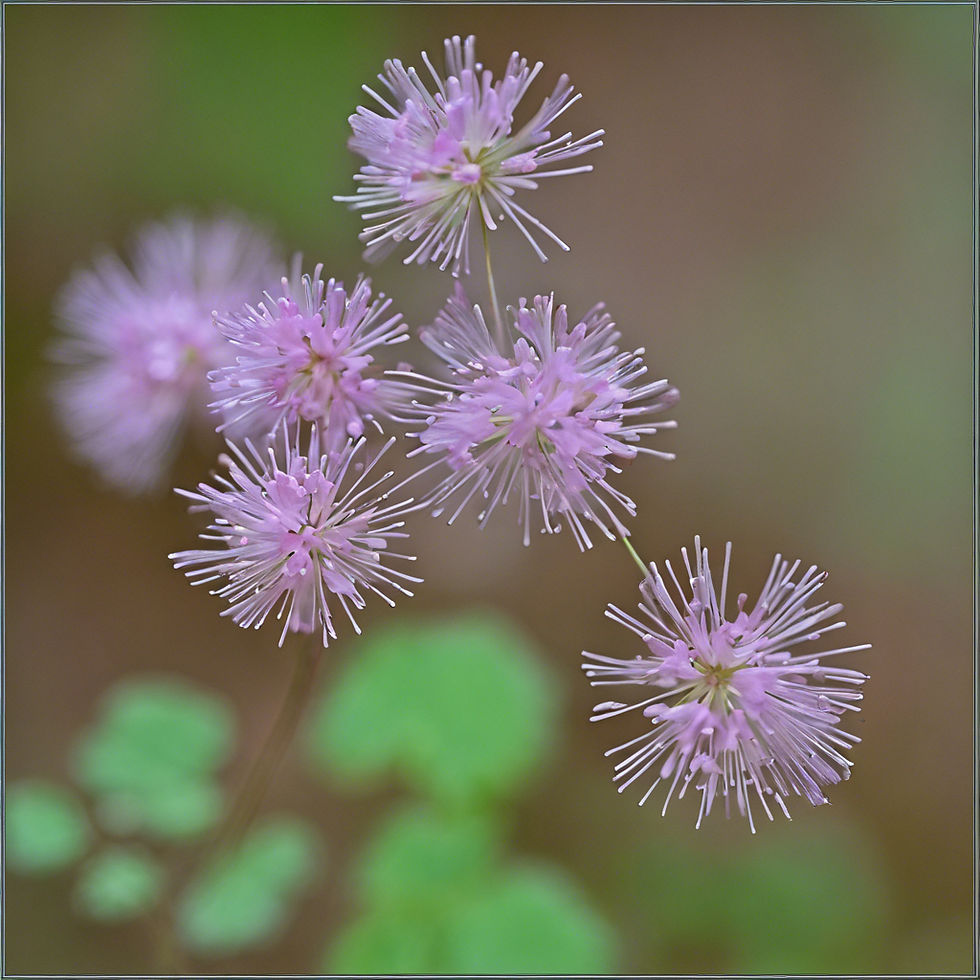
Thalictrum Pubescens (king of the meadow) is a plant in the buttercup family, Ranunculaceae . It is a herbaceous plant with alternate, pinnately compound leaves, on hollow, green stems. The flowers are white, borne in spring and summer.
Shakespeare Quote

Leucanthemum Vulgare (oxeye daisy) is a widespread flowering plant native to Europe and the temperate regions of Asia, and an introduced plant to North America, Australia and New Zealand.
Shakespeare Quote
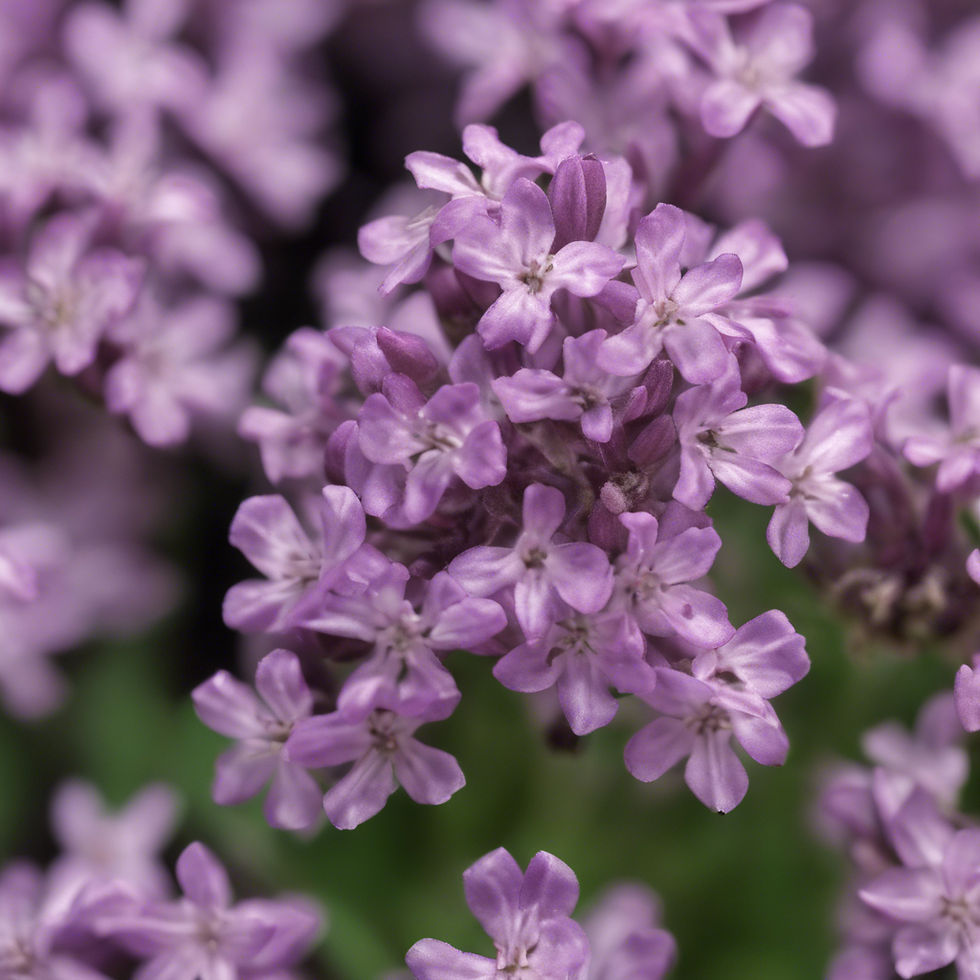
Thymus Serpyllum (Breckland thyme) is a species of flowering plant in the mint family Lamiaceae, native to most of Europe and North Africa. It is a low, usually prostrate subshrub. The strongly scented flowers are either lilac, pink-purple, magenta, or a rare white, all 4–6 mm long and produced in clusters.
Shakespeare Quote

Thymus Vulgaris (garden thyme) is a species of flowering plant in the mint family Lamiaceae, native to southern Europe from the western Mediterranean to southern Italy. It is a bushy, woody-based evergreen subshrub with small, highly aromatic, grey-green leaves and clusters of purple or pink flowers in early summer.
Shakespeare Quote

Lilium Orientalis (stargazer) lilies are known for their fragrant perfume, blooming mid-to-late summer. They have a fast growth rate and should be planted in full sun in well-drained loamy or sandy soil.
Shakespeare Quote

Iris Sibirica (Siberian iris) is a rhizomatous herbaceous perennial from Europe. It has long green grass-like leaves, a tall stem, and 2–5 violet-blue to blue and occasionally white flowers. It is cultivated as an ornamental plant in temperate regions.
Shakespeare Quote
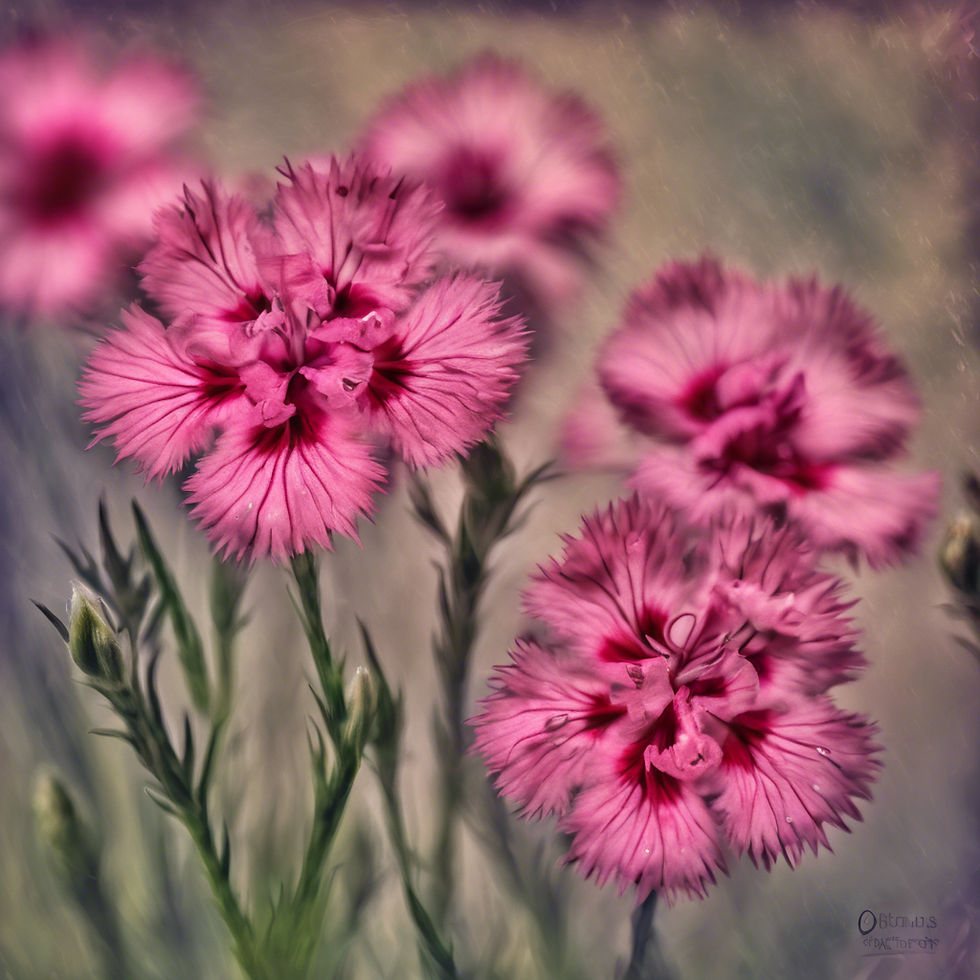
Dianthus Deltoides (maiden pink) is a species of Dianthus native to most of Europe and western Asia. It can also be found in many parts of North America, where it is an introduced species.
Shakespeare Quote
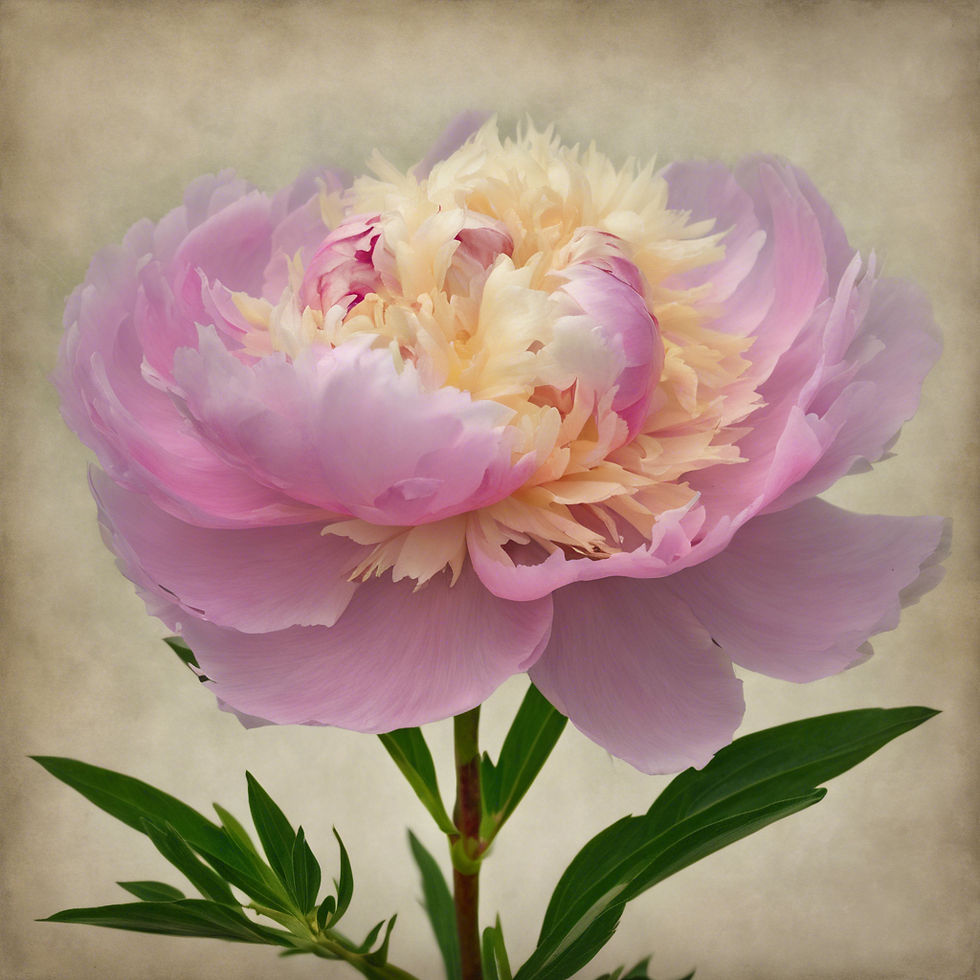
Herbaceous Peony is native to Asia, Europe, and Western North America. Scientists differ on the number of species that can be distinguished, ranging from 25 to 40, although the current consensus describes 33 known species.
Shakespeare Quote

Tree Peony consists of shrubs that have perennial aerial woody stems. Other peonies do not have perennial woody stems, but their stems die back after the growing season, to emerge again from buds just below the surface early in the following year. Tree peonies have been in culture in China for millennia, and it is likely that hybrids came into being in gardens, where different wild tree peony species were planted closely together.
Shakespeare Quote

York and Lancaster Rose is a summer flowering Damascena rose and has unusual flowers. They have an unstable color. On the same branch, flowers can be very light pink, almost white, while others are dark pink and sometimes also bicoloured. Their fragrance is a light damask scent.
Shakespeare Quote
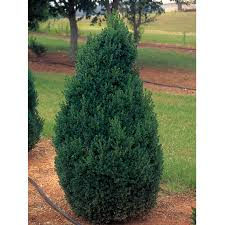
Buxus is a genus of about seventy species in the family Buxaceae. The boxes are native to western and southern Europe, southwest, southern and eastern Asia, Africa, Madagascar, northernmost South America, Central America, Mexico, and the Caribbean, with the majority of species being tropical or subtropical; only the European and some Asian species are frost-tolerant.
Shakespeare Quote
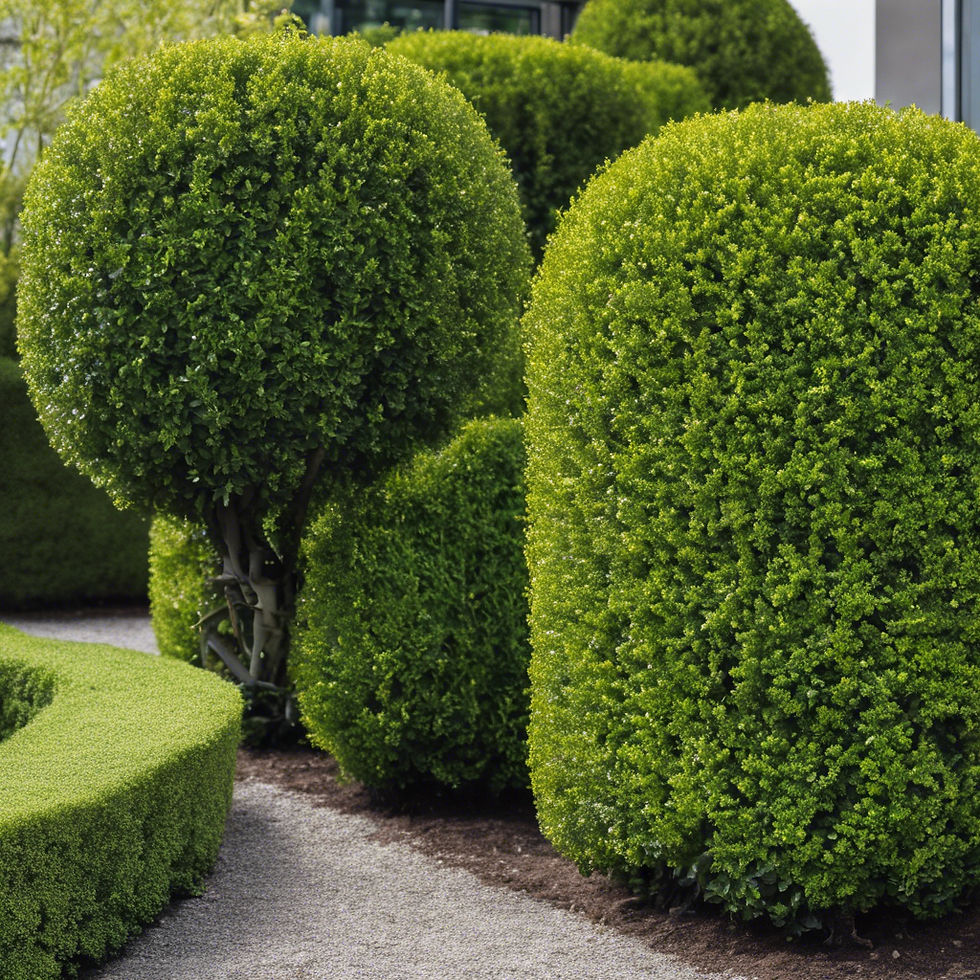
Buxus Sempervirens (the common box) is a species of flowering plant in the genus Buxus, native to western and southern Europe, northwest Africa, and southwest Asia, from southern England south to northern Morocco, and east through the northern Mediterranean region to Turkey.

Shakespeare Quote
Malus Sargentii (sargent crabapple) is native to Japan but is commonly used as an attractive compact ornamental shrub elsewhere. Every other year it bears masses of pink buds opening to fragrant white blossom. In the autumn, many small red globose fruits appear, persisting on the tree until winter.
Shakespeare Quote

Cytisus Scoparius (scotch broom) is native to Europe, but it has spread to many other parts of the world. Scotch broom is now common in certain areas of North America and South America. This is because people started introducing Scotch broom to different areas of the world.
Shakespeare Quote
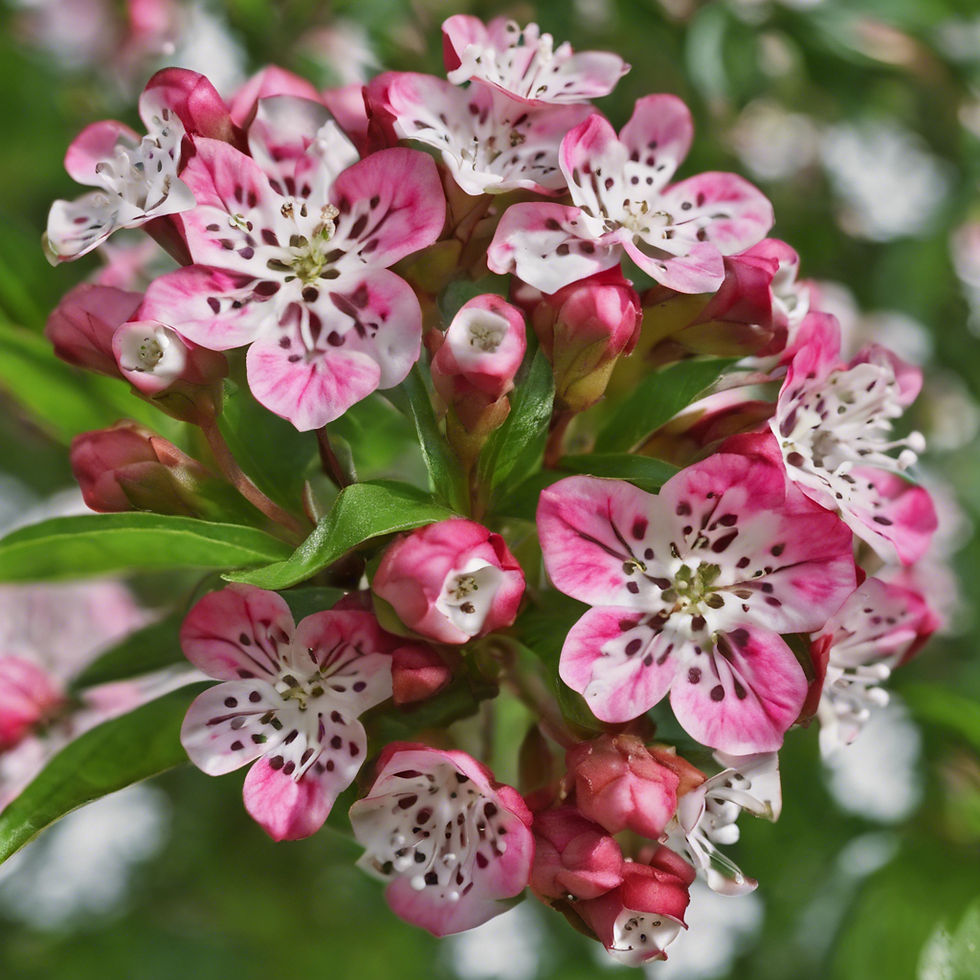
Kalmia Latifolia (mountain laurel) is a species of flowering plant in the heath family Ericaceae, that is native to the eastern United States. Its range stretches from southern Maine south to northern Florida, and west to Indiana and Louisiana. Mountain laurel isthe state flower of Connecticut and
Shakespeare Quote

Juniperus Chinensis (Chinese juniper) is a species of plant in the cypress family Cupressaceae, native to China, Myanmar, Japan, Korea, and the Russian Far East. Growing 1–20 meters tall, it is a very variable coniferous evergreen tree or shrub.
Shakespeare Quote
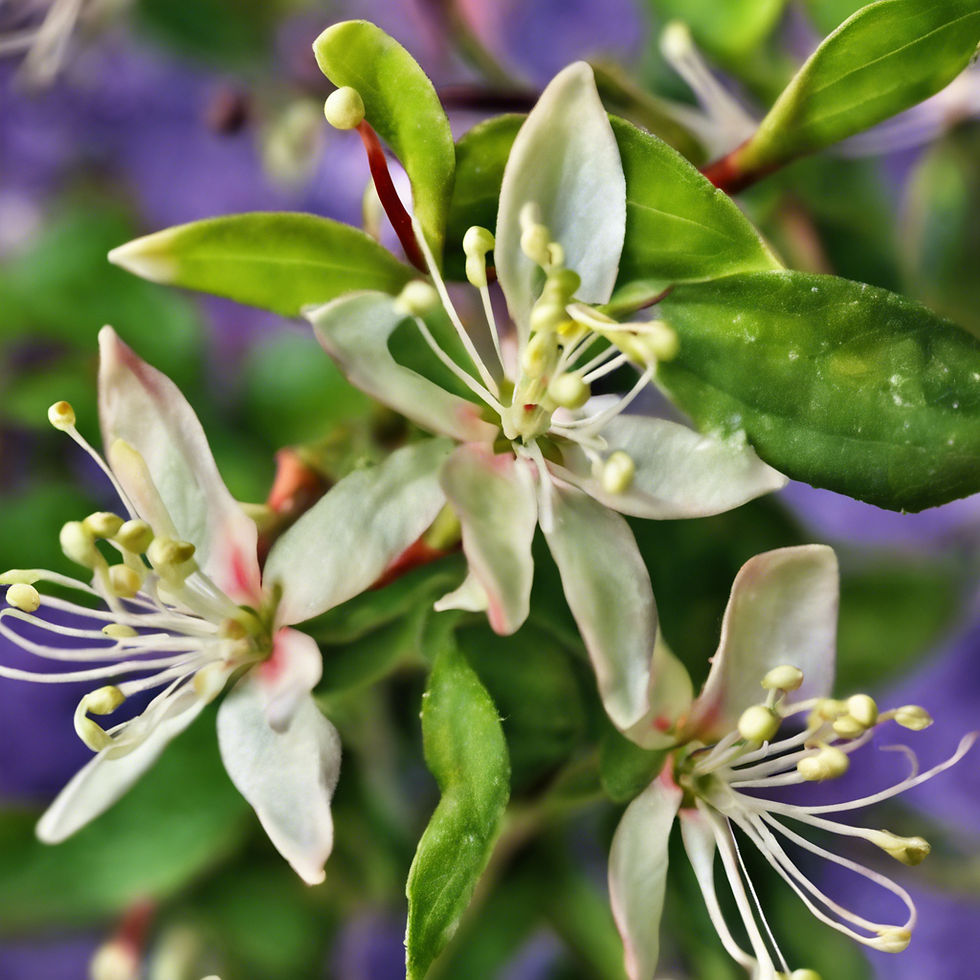
Lonicera Periclymenum (honeysuckle) is a species of flowering plant in the family Caprifoliaceae native to much of Europe, North Africa, Turkey, and the Caucasus. It is found as far north as southern Norway, Sweden and Finland.
Shakespeare Quote
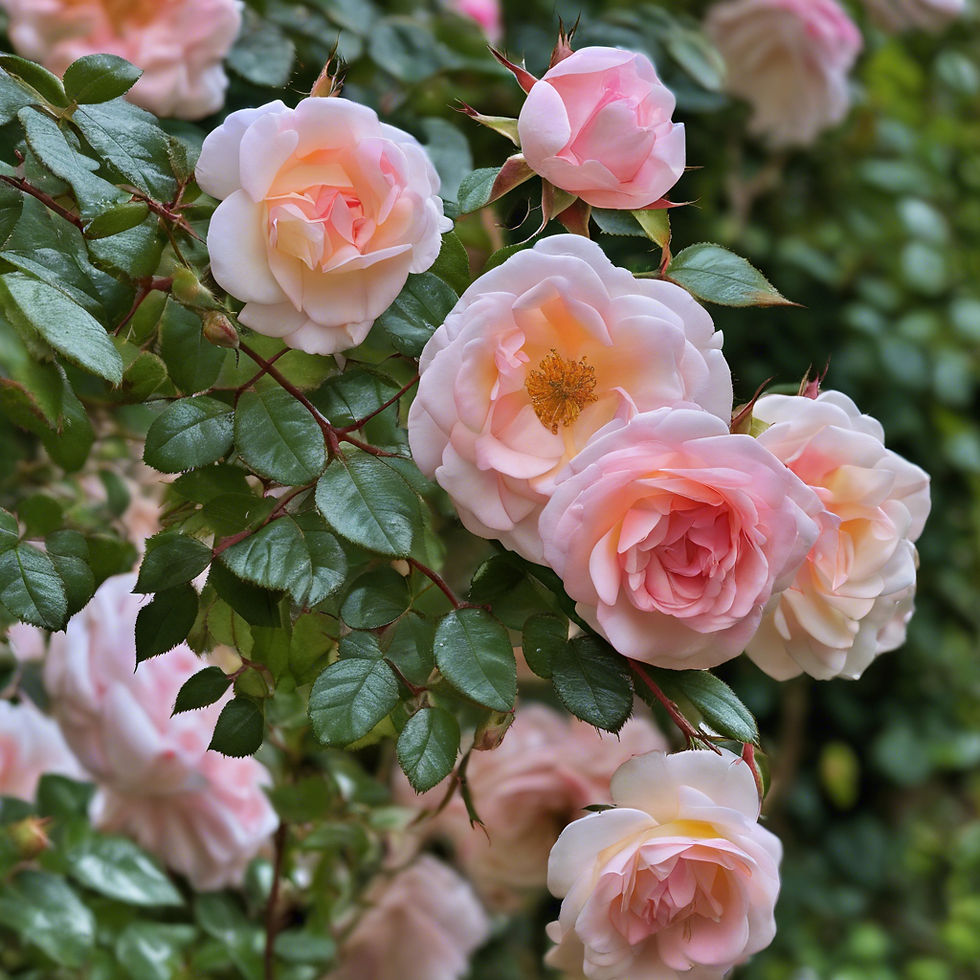
Climbing Rose is a species of shrub or vine in the Rosaceae (rose) family native to central and eastern North America.
Shakespeare Quote

Fragaria Vesca (wild strawberry) is a perennial herbaceous plant in the rose family that grows naturally throughout much of the Northern Hemisphere, and that produces edible fruits.
Shakespeare Quote


Primula Vulgaris (primrose) is a species of flowering plant in the family Primulaceae, native to Eurasia. The common name is primrose, or occasionally common primrose or English primrose to distinguish it from other Primula species referred to as primroses.
Shakespeare Quote
Salvia Rosmarinus (Rosemary) is a shrub with fragrant, evergreen, needle-like leaves and white, pink, purple, or blue flowers. It is native to the Mediterranean region, as well as Portugal and northwestern Spain.
Shakespeare Quote

Foeniculum Vulgare (fennel) is a flowering plant species in the carrot family. It is a hardy, perennial herb with yellow flowers and feathery leaves. It is indigenous to the shores of the Mediterranean but has become widely naturalized in many parts of the world, especially on dry soils near the sea coast and on riverbanks.

Viola Odrata (garden violet) is a species of flowering plant in the family Violaceae, native to Europe and Asia. This small hardy herbaceous perennial. It has been introduced into the Americas and Australia.
Shakespeare Quote
Shakespeare Quote
Stay up to date with HCA!
Subscribe to our newsletter and follow us on social media to receive the latest updates on classes, events, and exhibitions.

